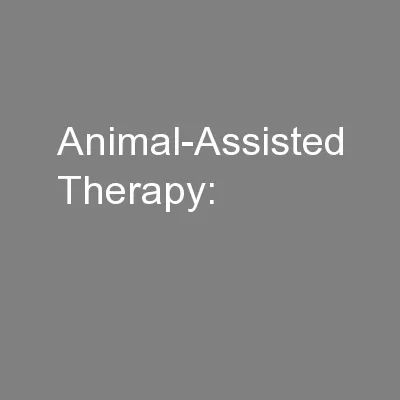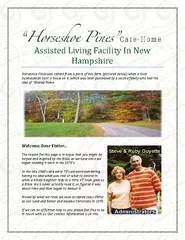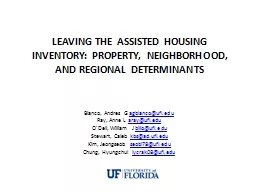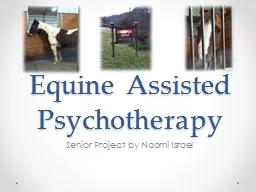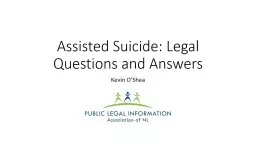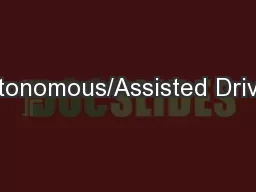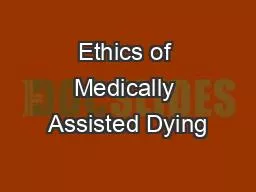PPT-Animal-Assisted Therapy:
Author : briana-ranney | Published Date : 2016-04-02
Motives and Rewards Kailee Collins OTS Kerryellen Vroman PhD OTRL University of New Hampshire Durham NH Introduction Animalassisted therapy is utilized to provide
Presentation Embed Code
Download Presentation
Download Presentation The PPT/PDF document "Animal-Assisted Therapy:" is the property of its rightful owner. Permission is granted to download and print the materials on this website for personal, non-commercial use only, and to display it on your personal computer provided you do not modify the materials and that you retain all copyright notices contained in the materials. By downloading content from our website, you accept the terms of this agreement.
Animal-Assisted Therapy:: Transcript
Download Rules Of Document
"Animal-Assisted Therapy:"The content belongs to its owner. You may download and print it for personal use, without modification, and keep all copyright notices. By downloading, you agree to these terms.
Related Documents

